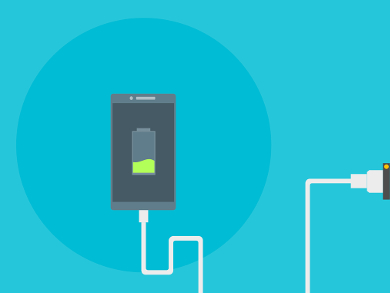Lithium-ion batteries are used in many portable consumer electronics. The most commonly used anode material for these batteries is graphite. Its theoretical capacity is, however, lower than that of some transition metal oxides such as Co3O4. The practical application of these oxides is often hindered by poor electric conductivity and pronounced capacity decay. Nanostructuring the materials can help to improve their cycling stability and capacity.
Yue Pan and Hongwei Gu, Soochow University, Suzhou, China, and colleagues have developed a simple method to produce bare Co3O4 nanocrystals with good electrochemical performance. The team prepared a cobalt oleate precursor by stirring a solution of cobalt(II) chloride and sodium oleate in a mixture of water, ethanol, and hexane at 70 °C. The precursor was then annealed at temperatures between 350 °C and 600 °C to give the Co3O4 nanocrystals.
The researchers prepared an electrode by mixing the Co3O4 active material with acetylene black as a conductive component, polyvinylidene difluoride as a binder, and N-methyl-2-pyrrolidone (NMP) as a solvent, and spreading the mixture onto a copper foil. The material showed a high capacity of 980 mA h g–1 after 250 cycles at a current density of 100 mA/g. According to the team, the preparation of nanocrystals from oleate precursors could also be useful for other metal oxides for energy storage applications.
- Rapid and large-scale synthesis of bare Co3O4 porous nanostructures from oleate precursor as superior Li-ion anodes with long-cycle life,
Danhua Ge, Junjie Wu, Genlong Qu, Yaoyao Deng, Hongbo Geng, Junwei Zheng, Yue Pan, Hongwei Gu,
Dalton Trans. 2016.
DOI: 10.1039/c6dt02136k



